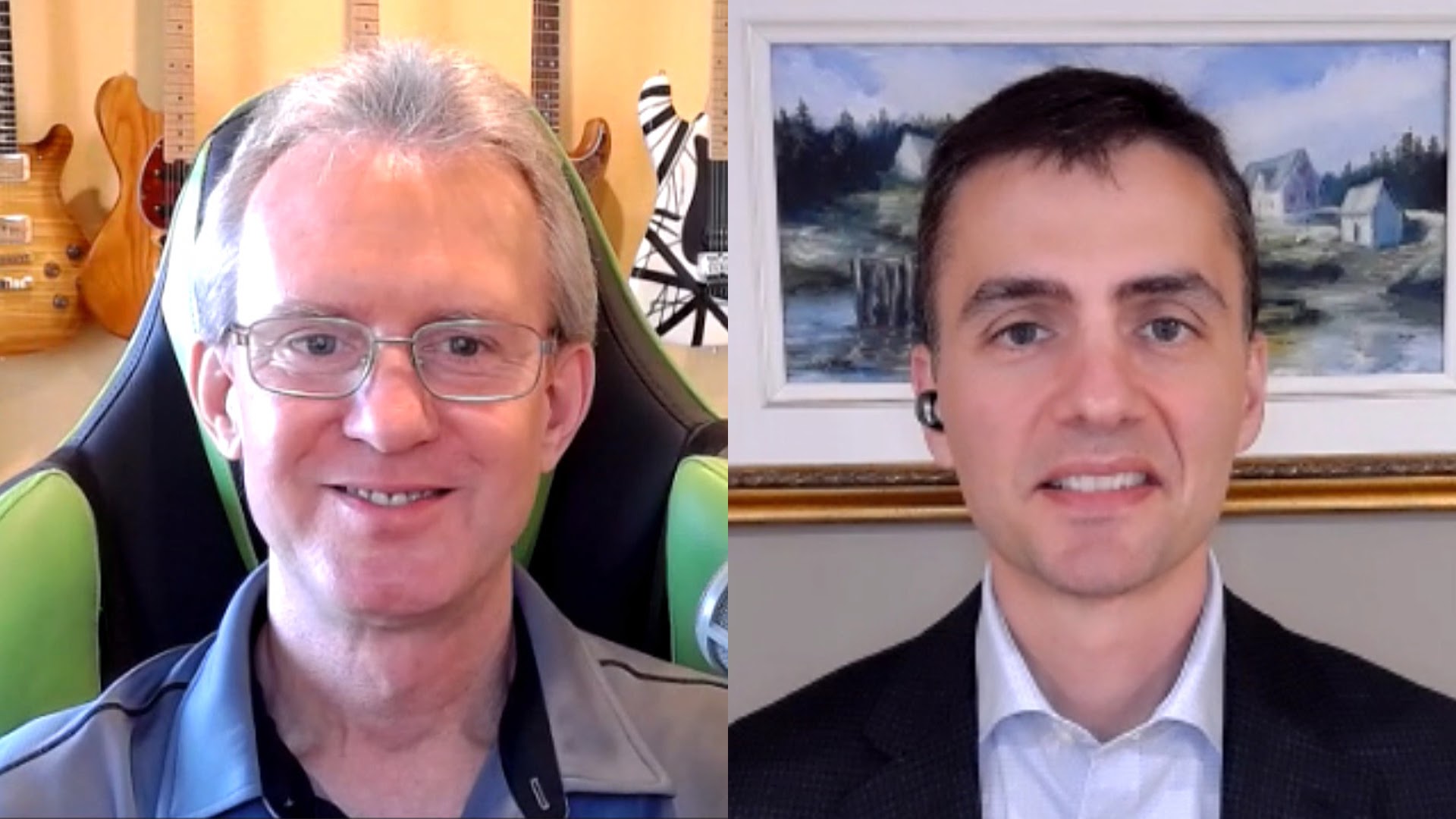 BIG DATA
BIG DATA
 BIG DATA
BIG DATA
 BIG DATA
BIG DATA
Veeam Software Corp. has been in the data backup business since the 2000s, right as virtualization was taking off. Over the last decade, it has grown into a $1-billion company offering backup solutions that enable cloud data management — from virtual to cloud-based to SasS-based to physical systems.
Veeam has seen firsthand how the digital transformation continues to take off, especially as a result of the challenges that 2020 has presented to enterprises through a worldwide pandemic.
Dave Russell (pictured, left), vice president of enterprise strategy at Veeam, and Danny Allan (pictured, right), chief technology officer at Veeam, spoke with Lisa Martin, host of theCUBE, SiliconANGLE Media’s livestreaming studio, during AWS re:Invent. They discussed ways businesses are handling data backup during the COVID-19 pandemic. (* Disclosure below.)
[Editor’s note: The following has been condensed for clarity.]
How are your customers doing with this rapid change to work from home and this massive amount of uncertainty?
Allan: There was a statement made earlier this year that we’ve gone through two years of transformation in just two months. And I would say that is definitely true if you look both internally at Veeam … and our customer base as well. There’s a lot of remote employment, remote working. So you would think it would have impact on the digital systems, but what it’s done is it’s accelerating the transformation that organizations are going through, and that’s been good in a number of different aspects. So it’s certainly been a challenging year on many fronts, but on the other hand, it’s also been very beneficial for us as well.
And so you’ve got a view for AWS cloud native solution. Talk to me a little bit about that and how does that allow businesses to get that centralized view of virtual, physical SaaS applications?
Russell: It all starts with architecture, and fundamentally Veeam’s architecture is based upon having a portable data format that’s self-describing. So what does that mean? It means it reduces the friction from moving data that might have been born on-premises to later be instantiated in, say, the AWS cloud. Or you can also imagine now new workloads being born in the cloud, especially toward the middle and end of this year. A lot of us, we couldn’t get into our data center. We had to do everything remotely. So we had to try to keep those lights on operationally, but we also had to begin to lift and shift and accelerate.
I’d love to get your perspectives on IT challenges in the last nine months in particular. Where is backup as a priority?
Russell: So backup is well understood as a concept. What’s very, very different [are the questions of] where are those workloads? Where do they need to be going forward? What are the service-level agreements — meaning the access times required for those workloads? And while we’re arguably transitioning from certain types of applications to new applications, the vast majority of us are dead in the middle of that. So we’ve got to be able to embrace the new while also anchoring back to the past.
Danny, I’d love to get your perspective on how your customer conversations have changed?
Allan: The first is, it always starts with the pandemic and the impact of the pandemic on the business. The second from there is we talk about resource management. There’s the shift from customers who are used to do doing business one way and they’re trying to shift the resources to make it effective in a new and better way. I’d say the third conversation actually pivots from there to things like security and governance.
One of the interesting things this year we’ve seen a lot of is ransomware and malware and attacks — especially because the attack surface has increased. And then, lastly, it always pivots. Where it ends up is digital transformation. How do I get from where I used to be to where I want to be?
Watch the complete video interview below, and be sure to check out more of SiliconANGLE’s and theCUBE’s coverage of AWS re:Invent. (* Disclosure: Veeam Software Corp. sponsored this segment of theCUBE. Neither Veeam nor other sponsors have editorial control over content on theCUBE or SiliconANGLE.)
THANK YOU